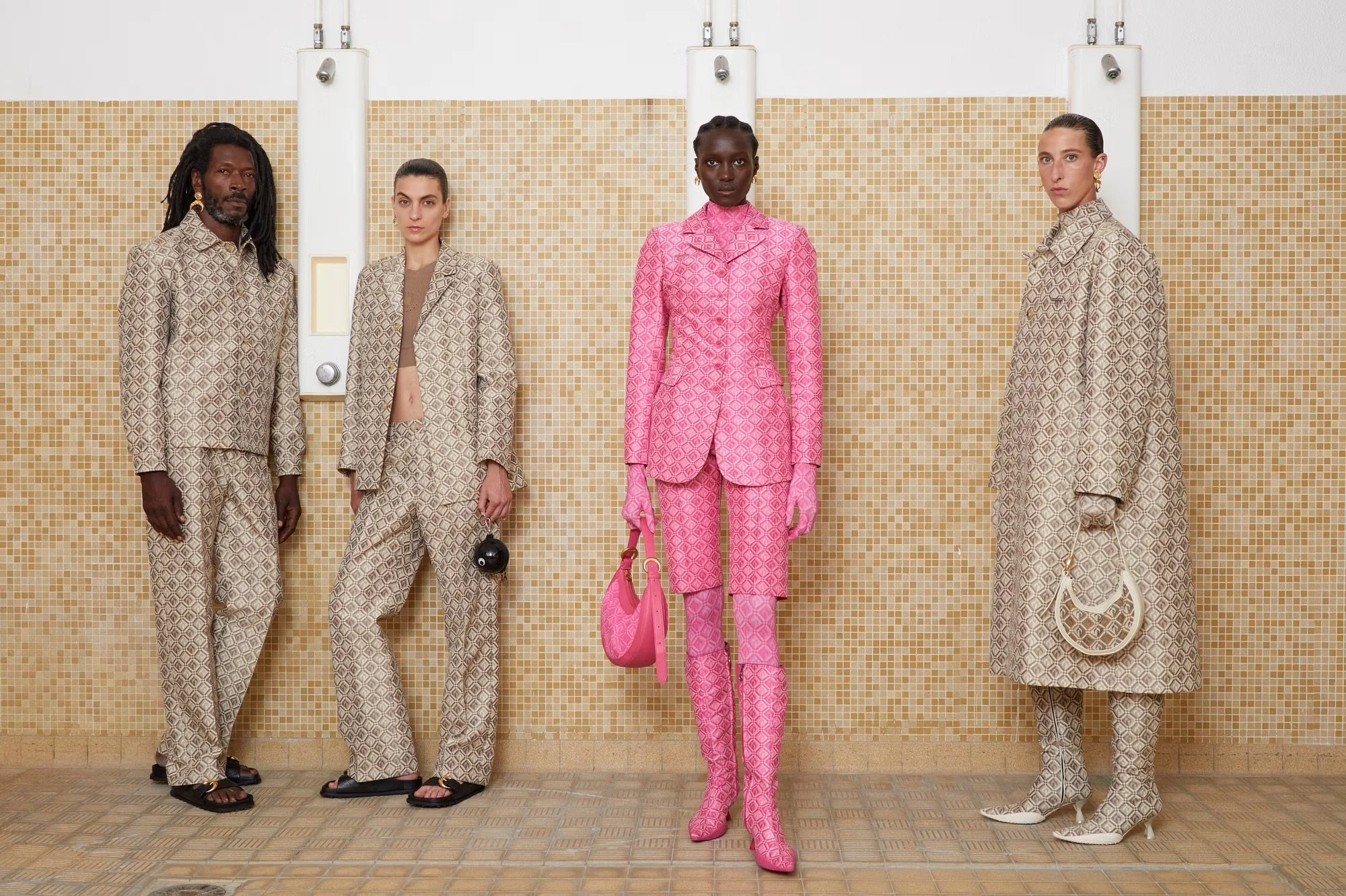What Does “Sustainability” Actually Mean?
What Even Is Sustainability?
— the messy, necessary starting point
I’ve been thinking about this word a lot lately. Sustainability.
It’s everywhere. On tags, websites, runways, rental apps. It’s in every press release, every pitch deck, every second Instagram caption. And at a certain point I just sat there and thought — wait, what are we even talking about?
Because the more I saw it, the less it seemed to mean.
Sometimes it’s a recycled cotton blend. Sometimes it’s a tree planted in your name. Sometimes it’s just… green packaging. And I don’t know, something about it started to feel hollow. Not because the word itself is bad — but because no one agrees on what it’s actually saying.
So that’s where I’m starting. Not with solutions. Not with stats. Just… with the fog. The blur. The fact that “sustainability” has become both this massive concept and a throwaway label, depending on who’s using it and what they’re trying to sell.
I’m not here to wave a green flag. I’m not anti-fashion. I’m not even anti-consumption, to be honest. I love clothes. I like buying things. I like participating in culture and taste and style. But I also think we’re hitting a point where we have to start asking better questions. Like — what are we actually sustaining? And who gets to say if it’s working?
For me, that moment — the one where the word sustainability stopped being just this vague, overused concept and actually cracked open — happened during my MBA.
I’d always loved fashion. Like, deeply. Enough that throughout the entire two years of business school, I found ways to pull it into every assignment. Marketing project? Fashion. Innovation brief? Fashion. Leadership course? Yep — fashion again. It wasn’t just a hobby, it was the direction I wanted to move in. So when we hit our final capstone and my group landed on “circularity in fashion and textiles,” I was all in — but I didn’t realize how deep it would go.
What started as a group project turned into a rabbit hole I haven’t come out of since.
I started learning about the fashion supply chain — not just at the surface level, but all the gritty, buried layers. Scope 1, 2, 3 emissions. Manufacturing waste. Labor conditions. Recycling systems that don’t really work. Incineration. Microplastics. Synthetic blends that live forever. Whole warehouses of deadstock no one talks about.
The deeper I went, the more I realized: I wasn’t just interested. I was implicated.
I’d always felt a twinge of guilt when I overdid it on the shopping — that kind of low hum in the background. But this connected the dots. It wasn’t just about my closet, or a few regrettable purchases. It was the entire system — designed to make overconsumption feel normal, even aspirational, while hiding the waste.
And what surprised me wasn’t just how bad it was. It was how invisible it was.
I finished that project, but I didn’t stop. I met with waste officials in my city to understand how disposal systems work. I kept reading. I enrolled in a post-MBA climate change certificate so I could understand sustainability reporting, GHG accounting, policy design — the back-end stuff. The fine print. The language most people skip. And I started speaking up about what I was learning — not because I had the answers, but because the silence felt worse.
And yet, even with all that — all the reading, the designations, the side quests into waste management and emissions math — the word ‘sustainability’ still feels… off.
Like, what the fuck are we even sustaining? The planet? (get real) An industry? A consumer habit? A brand identity?
At this point, I think most people fall into one of three buckets when they hear the word:
Confused — not totally sure what it means anymore
Numb — heard it too many times to care
Skeptical — assuming it’s all marketing anyway
And honestly? All of those responses make sense. Sustainability’s been used to sell everything from luxury handbags to compost bins. It’s been watered down, misused, stretched so thin it barely holds shape.
That’s why this series exists.
Not to fix everything. Not to preach. Not to perform climate purity.
But to slow down. To name things. To figure out what we’re actually talking about when we talk about sustainability in fashion — the terms, the frameworks, the contradictions, the half-truths. Because if we don’t get clear on what the word means, then every other conversation that comes after it? Kind of doesn’t matter.
So this is where we start.

